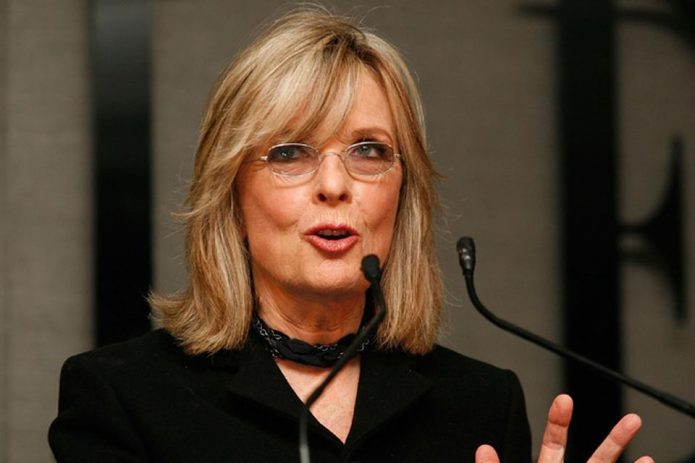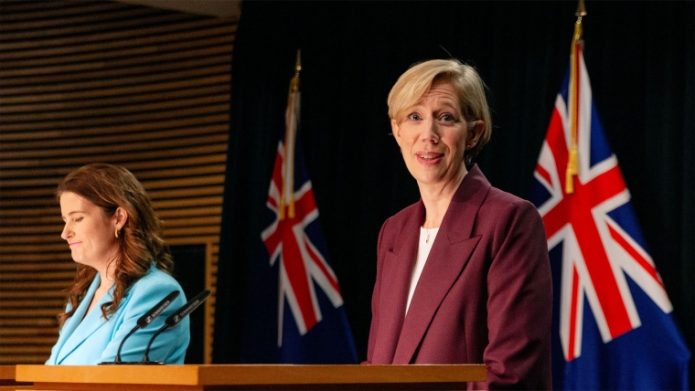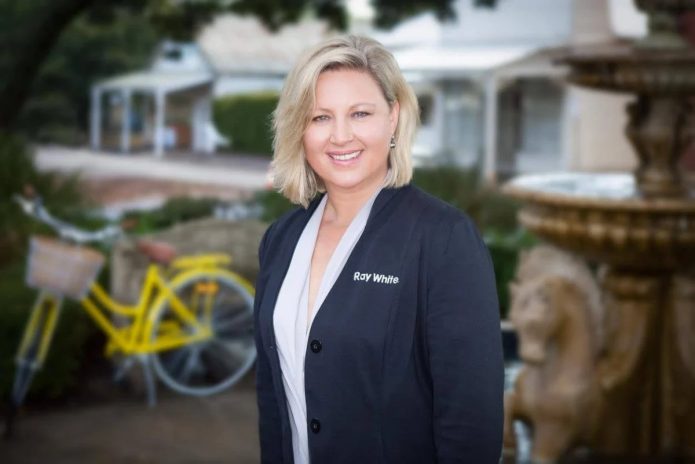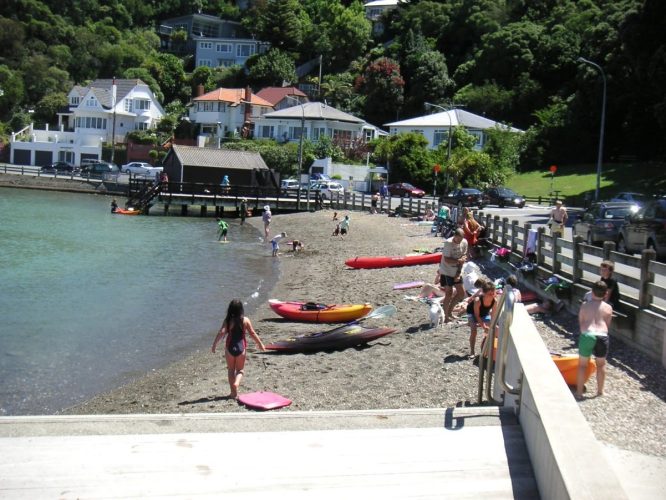PHOTO: King Charles III owns only 22 per cent less than Queen Victoria did during the height of the Empire. FILE
REPUBLISHED WITH PERMISSION | API MAGAZINE
To coincide with the coronation of King Charles III API Magazine takes a look at the royal family’s enormous property portfolio and explores just how much of that is in Australia and overseas.
When King Charles III became King he inherited from his mother, the late Queen Elizabeth II who died on 8 September aged 96, an enormous property portfolio.
Although the coronation on 6 May is full of symbolism and pageantry, he has already taken the title of King. The ceremony formalises the monarch’s role as the head of the Church of England and marks the transfer of his title and powers but it is not actually necessary for the monarch to be crowned to become King.
Among the powers afforded the new King is ownership of a vast property empire, but just how much of that real estate is actually at his disposal?
The bulk of the property now owned by the King is held on his behalf by the Crown Estate.
The Crown Estate operates as a real estate business to the royal family and returns all its profits to the Treasury.
The King will, however, receive a 15 per cent grant of total profits earned from the Estate.
The British monarchy has assets estimated at roughly A$40 billion, largely in real estate, including a number of castles and palaces.
Forbes, which has published a list of the world’s wealthiest for years, last year estimated the Queen’s net worth at A$730 million.
Although the King, like his mother before him and his successors after, receives income from many of the assets, the royal family do not actually have personal, legal ownership of those assets, so they are unable to sell them.
The assets are held by a variety of quasi-public duchies and estates, each with their own executives and boards, with financial reports published annually. The duchies and estates generate income, much of which goes to the government, with a considerable sum given to royal family members.
Property within the Crown Estate’s central London portfolio includes almost the entirety of Regent Street, and an estimated half of the buildings in the St James’ area, comprising retail, residential and office space.
Outside of the capital, the Crown Estate is the owner of 14 retail and shopping parks and three shopping centres.
International royal holdings
Despite their vast property holdings, the royal family no longer own properties outside the United Kingdom.
Royal residences once spanned the globe but the days of empire have passed, as has the royals’ ownership of properties abroad.
The only way the monarchy could again own international property might be if Scotland manages to gain independence but that may be some time away.
An independence referendum was first held on 18 September 2014, with 55 per cent voting “No” to independence. A more recent court hearing took place in October 2022 where a month later the Supreme Court ruled that the Scottish Parliament does not have the power to legislate for an independence referendum.
Crown Estate Scotland, established legally as a separate entity in 2019, is mix of land, property and things such as wild-salmon fishing rights. It had A$837 million in assets on March 31, 2021. It’s unclear if they would relinquish these assets if Scotland was to leave the UK.
But for now, the furthest the royal family’s land holdings extend is 12 nautical miles off the UK coast.
The Crown Estate actually owns a large proportion of the UK’s offshore wind farms, through its management of the seabed to that 12-mile limit.
But wait, there’s more
So, while it’s true the King and his investment vehicles do not own property overseas, there is the small matter of Crown land.
Although we have come to think of the British Empire as being a ghost of its former self, in reality King Charles III owns only 22 per cent less than Queen Victoria did during the height of the Empire.
The King will continue to, in strict legal terms, own all the lands of Britain, Canada, Australia, New Zealand, 32 other members (around two-thirds) of the Commonwealth, and Antarctica.
Despite the belief held by many Australian landholders that they own their land absolutely, including anything above or below it, due to the Doctrine of Tenure, the law in Australia holds that the Crown has absolute ownership – not withstanding any native title claims.
According to Brisbane and Melbourne-based DSS Law, while freehold property ownership (the most common property title granted in Australia) entitles the owner of the land to own it for perpetuity, it is in essence a type of legal relationship landholders are granted with the permission of the Crown.
All an Act
While it may sound like largely irrelevant legalese, there are some very real ramifications arising from property rights issues in Australia right now involving Crown land.
“In Australia, minerals, oil and gas are ‘reserved to the Crown’ which means Australian state governments retain the rights to these resources if they are found on freehold land,” DSS Law notes.
“There is growing concern among Australian landholders, particularly in Queensland, regarding seemingly unauthorised entry and use of their land by coal seam gas companies for exploration activities, or the construction of an extraction plant or future pipelines.
“Understandably, many landowners are fighting to keep these coal seam gas and other mining companies away from their properties as they feel these actions construe a violation of their rights as landholders.
In Queensland, under the Mineral and Energy Resources (Common Provisions) Act 2014 (Qld), coal seam gas companies are permitted to access land to conduct surveys with the possible intention of fracking on the land in the future. This right is conferred by the Crown who has the right to grant a title to another in order to explore for and/or produce minerals such as coal seam gas and petroleum.
“This means that the Queensland Government can allow separate interests to be held over a single property,” DSS Law notes.
“So, while land can be owned as a freehold interest, a coal seam gas company can also hold a title that allows it to enter the property to search for and produce gas.”
Crown lands include land set aside for various government or public purposes, development, town planning, as well as vacant land. Crown lands comprise around 23 per cent of Australian land, of which the largest single category is vacant land, comprising 12.5 per cent of the land.
Australian soldiers were once eligible to apply for Crown Lands if they had served overseas with the Australian Imperial Forces or with the British Defence Service, but that’s no longer the case.
MOST POPULAR
- THE ANCIENT STONE CITY: Proof of NZ civilisation before Kupe
- New Zealand real estate agents abandon sinking housing market
- IRD ordered to pay $75,000 for breaching real estate agent’s rights
- Claims about Jacinda Ardern’s wealth
- Property Press stops printing after 45 years
- We sold our NZ home and bought in Adelaide for less than NZ$537,000
- Abandoned land for sale
- A HUTT boy set to become NZ’s next Prime Minister
- How rich is the UK royal family? | WATCH
- Property Brokers continues growth path












